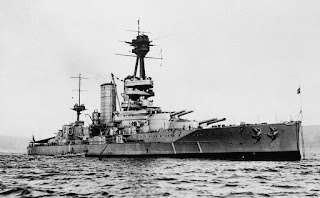A while ago I was researching ancient Rome and the powerful men that ruled their nation. While I was researching these men I found that each family has a bunch of powerful women in it as well. One family peeked my interest. They were the Julii. Yes... The powerful women that were related to Julius Caesar. There are 6 women that stood out.
- Julia Cornelia, she was the wife the powerful consul and general Cornelius Sulla. She is Julius Caesar's Cousin on his father's side of the family.
- Julia, She was the wife of Gaius Marius. He was a powerful general and consul of Rome 7 times. Julia was Caesar's aunt.
- Julia Antonia, She was the mother of Mark Antony. She was also another cousin of Caesar's.
- Julia Major, She was one of the older sisters of Caesar's. Little is written about her.
- Julia Minor, She was the grandmother of the future Emperor Augustus.
- Julia Pompeia, She was the daughter of Julius Caesar. She was married to Pompey the Great. He was a powerful consul, general and conqueror.
There was one other powerful woman in the Julii family. Her name was Aurelia Cotta. She was the mother of Julius Caesar. She was a huge influence in Caesar's life and later raised Caesar's daughter. I found a few pictures. The first picture is of Caesar's mother and the last one is of Caesar's daughter.
















